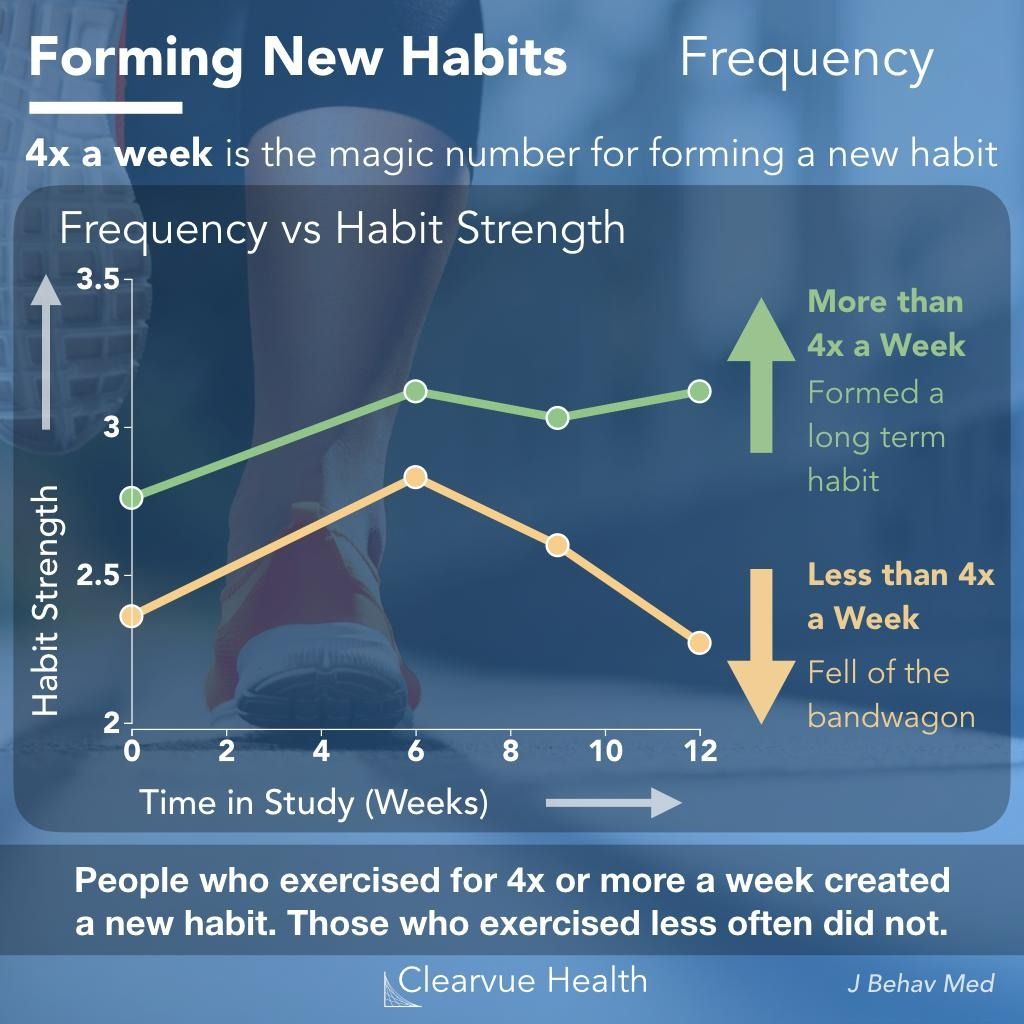

Forming habits is a journey that many embark on, but few truly understand. Let’s learn more about this topic below with Pacman, as we explore the science-backed timeline of habit formation and how it can impact our lives.
Habits are the building blocks of our daily routines, shaping our behaviors and ultimately influencing our success in various aspects of life. Understanding how long it takes to form a habit is crucial for anyone looking to make positive changes in their lifestyle or personal growth journey. While the popular notion that it takes 21 days to form a habit has been widely circulated, recent scientific research suggests that the process is more complex and variable than previously thought. In this comprehensive article, we’ll delve into the science behind habit formation, explore factors that influence the timeline, and provide practical strategies to help you cultivate lasting habits that can transform your life.
To truly understand the timeline of habit formation, we must first examine the science behind it. Habits are formed through a process called neuroplasticity, which refers to the brain’s ability to reorganize itself by forming new neural connections. When we repeatedly perform an action or behavior, our brain creates and strengthens these neural pathways, making the behavior more automatic over time.
The habit loop, a concept popularized by Charles Duhigg in his book “The Power of Habit,” consists of three components: the cue, the routine, and the reward. The cue triggers the behavior, the routine is the action itself, and the reward is the positive reinforcement that encourages repetition. Understanding this loop is crucial for forming new habits and breaking old ones.
Interestingly, the concept of habit formation can be likened to the classic game Pacman. Just as Pacman navigates through a maze, consuming pellets and avoiding ghosts, we navigate through our daily lives, encountering cues (pellets) that trigger our habits (Pacman’s movement) while avoiding obstacles (ghosts) that may derail our progress. This analogy helps illustrate the continuous nature of habit formation and the importance of persistence in the face of challenges.
For years, the idea that it takes 21 days to form a habit has been widely accepted. This notion originated from Dr. Maxwell Maltz’s observations in the 1960s, where he noticed that amputees took an average of 21 days to adjust to the loss of a limb. However, recent research has shown that the timeline for habit formation is far more variable and dependent on various factors.
A study published in the European Journal of Social Psychology by Phillippa Lally and her colleagues in 2009 provided groundbreaking insights into the habit formation timeline. The researchers followed 96 participants over a 12-week period as they tried to form a new habit. The results showed that, on average, it took 66 days for a new behavior to become automatic. However, the range varied significantly, from 18 to 254 days, depending on the complexity of the habit and individual differences.
This research highlights the importance of understanding that habit formation is a highly individualized process. Just as Pacman’s journey through the maze is unique in each game, our journey to form new habits is influenced by our personal circumstances, motivation levels, and the nature of the habit itself.
Several factors can impact how long it takes to form a habit:
1. Complexity of the habit: Simple habits, such as drinking a glass of water upon waking, may form more quickly than complex habits like adhering to a new exercise routine.
2. Individual differences: Personal factors such as personality traits, existing routines, and motivation levels can affect the speed of habit formation.
3. Consistency: Regular repetition of the desired behavior is crucial for habit formation. Skipping days or being inconsistent can significantly extend the timeline.
4. Environment: The presence of supportive cues in your environment can facilitate habit formation, while conflicting cues may hinder progress.
5. Emotional state: Stress, anxiety, or other emotional factors can impact our ability to form and maintain habits.
6. Reward system: The perceived reward associated with the habit can influence how quickly it becomes automatic.
Now that we understand the science and timeline of habit formation, let’s explore some practical strategies to help you cultivate lasting habits:
When embarking on your habit formation journey, it’s essential to start with small, manageable steps. Just as Pacman begins each level with a simple maze before progressing to more complex challenges, you should focus on establishing foundational habits before tackling more ambitious goals. For example, if your ultimate goal is to run a marathon, start by committing to a 5-minute jog three times a week. As this becomes more automatic, gradually increase the duration and frequency of your runs.
This approach, often referred to as “habit stacking,” involves building new habits on top of existing ones. By anchoring a new behavior to an established routine, you create a stronger foundation for long-term success. For instance, if you already have a habit of brushing your teeth every morning, you could add a new habit of doing a quick stretching routine immediately after.
Your environment plays a crucial role in habit formation. Just as Pacman’s maze is filled with pellets that guide his path, you should structure your environment to support your desired habits. This might involve removing temptations that could derail your progress or adding visual cues that remind you of your goals.
For example, if you’re trying to form a habit of reading more, keep books visible and easily accessible in your living space. If you’re aiming to eat healthier, stock your kitchen with nutritious foods and keep unhealthy snacks out of sight. By designing your environment to support your goals, you reduce the cognitive load required to make the right choices, making it easier for your new habits to take root.
Monitoring your progress is essential for maintaining motivation and identifying areas for improvement. Many habit-tracking apps are available that can help you log your daily behaviors and visualize your progress over time. This process of tracking can be likened to Pacman’s score counter, which provides immediate feedback and encouragement as you progress through the game.
Equally important is celebrating your small wins along the way. Each time you successfully perform your desired habit, take a moment to acknowledge your progress. This positive reinforcement helps strengthen the neural pathways associated with the habit, making it more likely to stick in the long run.
Remember that habit formation is a process that takes time. Just as Pacman must navigate through multiple levels to complete the game, forming lasting habits requires patience and persistence. There will be days when you falter or face setbacks, but it’s crucial to maintain a long-term perspective and not get discouraged by temporary setbacks.
If you miss a day or encounter an obstacle, simply resume your habit the next day without judgment. Consistency over time is more important than perfection in the short term. By maintaining a growth mindset and viewing challenges as opportunities for learning and improvement, you’ll be better equipped to overcome obstacles and stay committed to your goals.
Understanding the science and timeline of habit formation is particularly relevant in the context of lifestyle and personal growth. Many of the improvements we seek in our lives – whether it’s enhancing our physical fitness, developing better financial habits, or cultivating mindfulness – rely on our ability to form and maintain positive habits.
By applying the principles of habit formation to various aspects of our lives, we can create a foundation for continuous personal growth and development. For example, establishing a habit of regular exercise not only improves physical health but can also boost mental well-being, increase productivity, and enhance overall quality of life.
Similarly, forming habits around learning and skill development can lead to significant career advancements and personal fulfillment. Whether it’s dedicating time each day to read industry-related articles, practice a new language, or work on a side project, these habits can compound over time to yield substantial results.